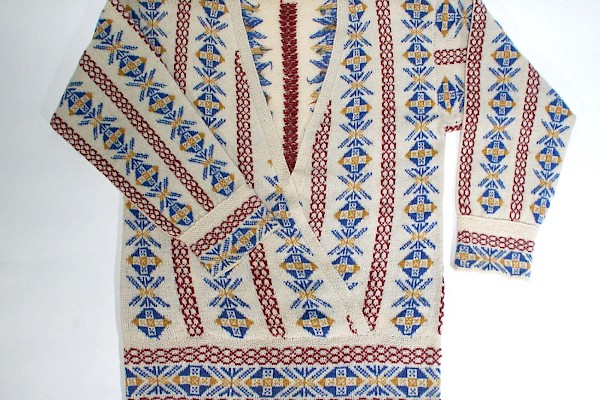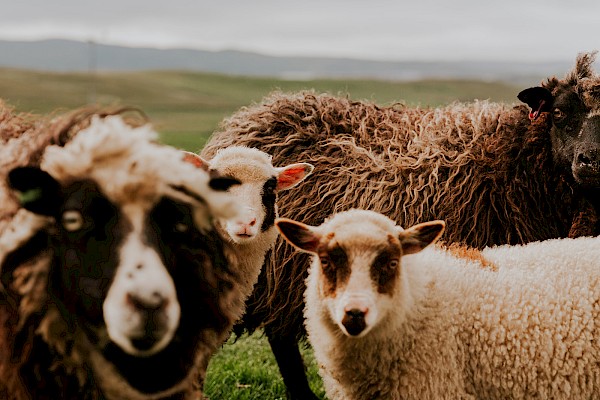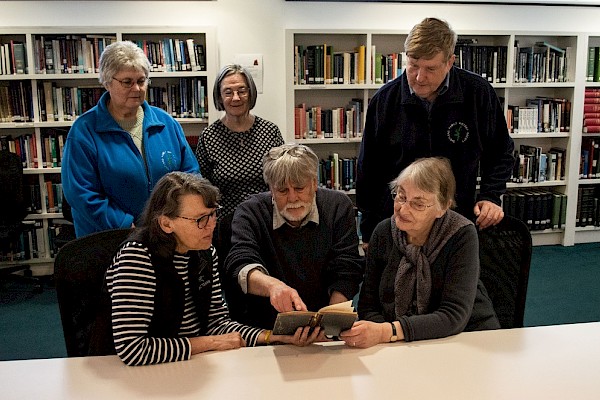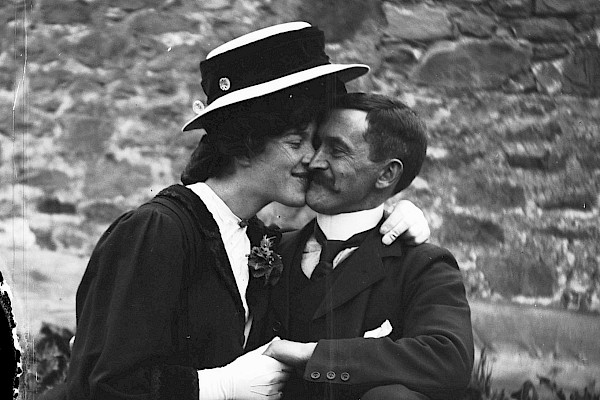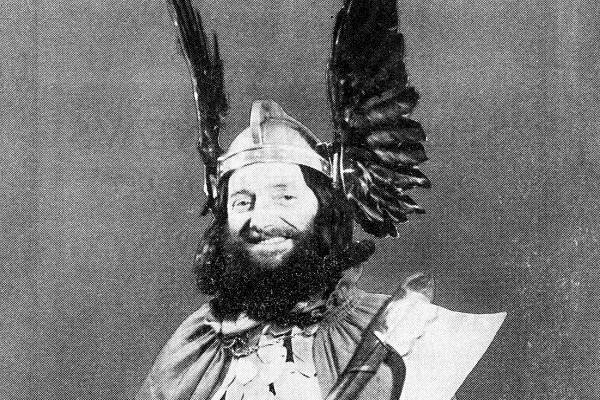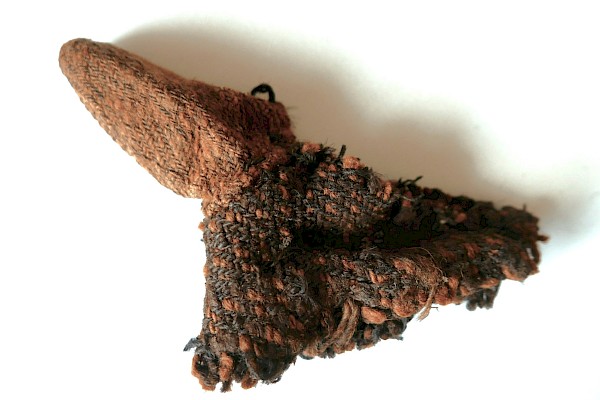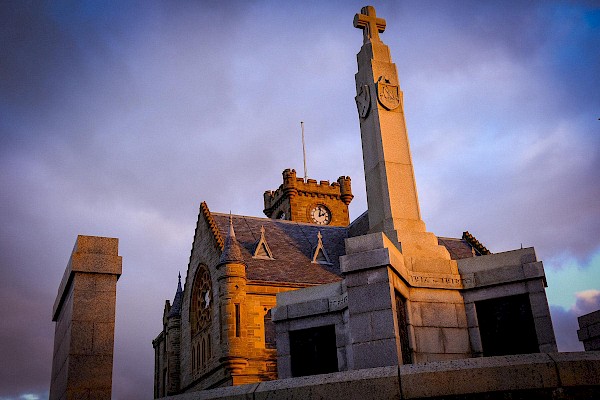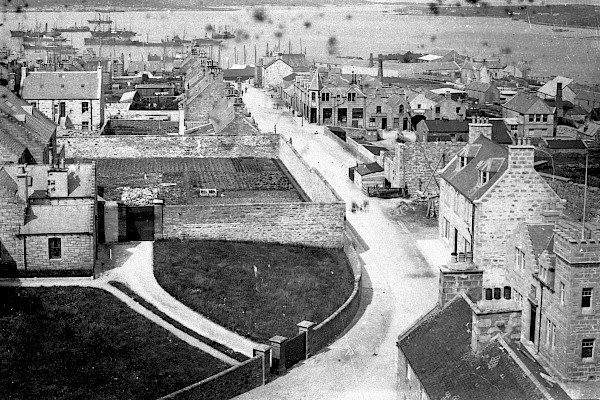Witchcraft in Shetland
Between around 1615 and 1680 Shetland was afflicted by a mania that was disturbing other parts of Europe. Ordinary Shetlanders and their superiors suddenly began to worry about ‘witches’. They yearned to destroy them.
There had been witches in Shetland during Earl Patrick’s administration (1593-1615). Patrick, however, seems to have been relatively tolerant about them. He fined them; he didn’t strangle or burn them, as far as we know.
One good point about Shetland is that there weren’t many witch-burnings here. I suspect there were less than ten: ten too many. The contrast with other parts of Scotland, and, say, with Northern Norway, where there were major witch-persecutions, is stark.
The first big witch-trial in Shetland took place in 1616. The historian Kirsty Larner argued that brand-new regimes in the seventeenth century liked to pose as ‘new brooms’, and make examples of witches and other miscreants. That is what happened here. Following the fall of Earl Patrick a new administration took control at Scalloway, and they had their eye on three women to be examples.

Catherine Johnson, who lived at Stenness in Eshaness, was their first target. For thirty years she had been in the habit of sleeping with the devil, they said – and she seems to have admitted it. She was also in the habit (they said) of chatting with trows in the kirkyards of Hillswick and Stenness.
Jonka Dynneis also found herself in court. In 1616 she was living in Fetlar, but around 1606 she had been at Aith in Aithsting. One day that summer her husband, Peter Kettle, was fishing six miles offshore, and found himself in danger. People saw Jonka standing outside their house in a trance, and when they questioned her she said that Peter was in danger.
Afterwards Jonka lived in Hillswick, and fell out with a man there. She cursed him and said that a few days later his bones would be ‘raiking’ around the banks. ‘And so within a short space thereafter,’ the court recorded, ‘he perished by sea by her witchcraft and devilry’.
The third witch was Barbara Thomasdochter in Delting. She specialised in spells to cure people. In 1613 someone called Garth, in Yell, was suffering from severe insomnia. He went to see Barbara and she treated him with what was called a ‘resting thread’. She made ‘certain crosses and conjurations’ over it and told Garth to wear it on his head for nine nights, and then burn it. That worked.
Sometimes the effect she had on people was less wholesome, or so it was alleged. In around 1600, a widow, she had begun to live with a man called Bothwell Magnusson. But he refused to marry her. So she ‘took the power of his member, so that he was never able for a woman since – although he tried’.
There were other preposterous charges against the three women. A jury of landowners and ordinary Shetlanders heard the cases against them in Scalloway Castle. Of course, they were all found guilty. The executioner frogmarched them to the top of the hill of Houll, west of the village. He tied them to stakes, strangled each of them and burnt them to ashes.
No doubt the new brooms of 1616 felt pleased with themselves. Then in 1644 another new Shetland administration got to work. The first thing they did was to fill the castle with witches. One of them may have been Andrew Stephenson from Califf. Andrew had the nickname Luggie, no doubt because his ears had been mutilated for some crime or other. (It was a cruel era.)
Luggie ‘had a trick’, according to a near-contemporary writer, ‘at any time when hungry at sea, to cast out his line, and would out of Neptune’s lowest kitchen bring cleverly up fish well boiled and roasted; and his comrades … would make a merry meal thereof, not questioning who was cook.’
And on days when it was stormy Luggie went across the voe to Kebister for his dinner, to the steep knowe there which still bears his name. It is now partly obscured by a windmill. On top of the knowe there was a deep pit – it isn’t there now – ‘out of which with his lines he drew up codlings … for his provision.’ Luggie too was executed, probably at much the same time as Marion Pardone of Hillswick, another well-known Shetland witch of the time.
The last witches burned at Scalloway seem to have been an old woman, Barbara Tulloch, and her daughter Helen. They came to court around 1680, and afterwards the sheriff depute climbed up the hill to watch them die. ‘When [the daughter] had hung some little time on the gibbet,’ he reported, ‘a black pitchy-like ball foamed out of her mouth; and after the fire was kindled, it grew to the bigness of a walnut, and then flew up like squibs into the air. … It was taken to be a visible sign that the devil was gone out of her.’
Soon after 1680 the authorities realised, belatedly, that witchcraft was bunkum. In the first decade of the 18th century the Presbytery of Shetland investigated some alleged cases of it in Sandness; but witchcraft had ceased to be a capital offence. The parties went free.
It went on being a matter of concern to less intelligent members of the population: in 1883 Sheriff Rampini heard a case where someone in Yell had been accused of ‘witching’ a boat. But by then accusers of such crimes were a laughing-stock. There was loud laughter in the court.
The gibbet; the trows of Hillswick and Eshaness; the resting thread and Bothwell Magnusson’s limp member; Luggie’s codlings; the ‘black pitchy-like ball’ and the flames: they are symbols and fantasies from one of Shetland’s more unpleasant eras.
A Play for Radio by Islesburgh Drama Group
Listen here - 'Marion Pardone' - how words and actions can be twisted and misunderstood...
A fantastic play for radio by Islesburgh Drama Group which is based on the true story of Mistress Marion Pardone who was accused of witchcraft. Featuring a short interview with archivist Brian Smith.
